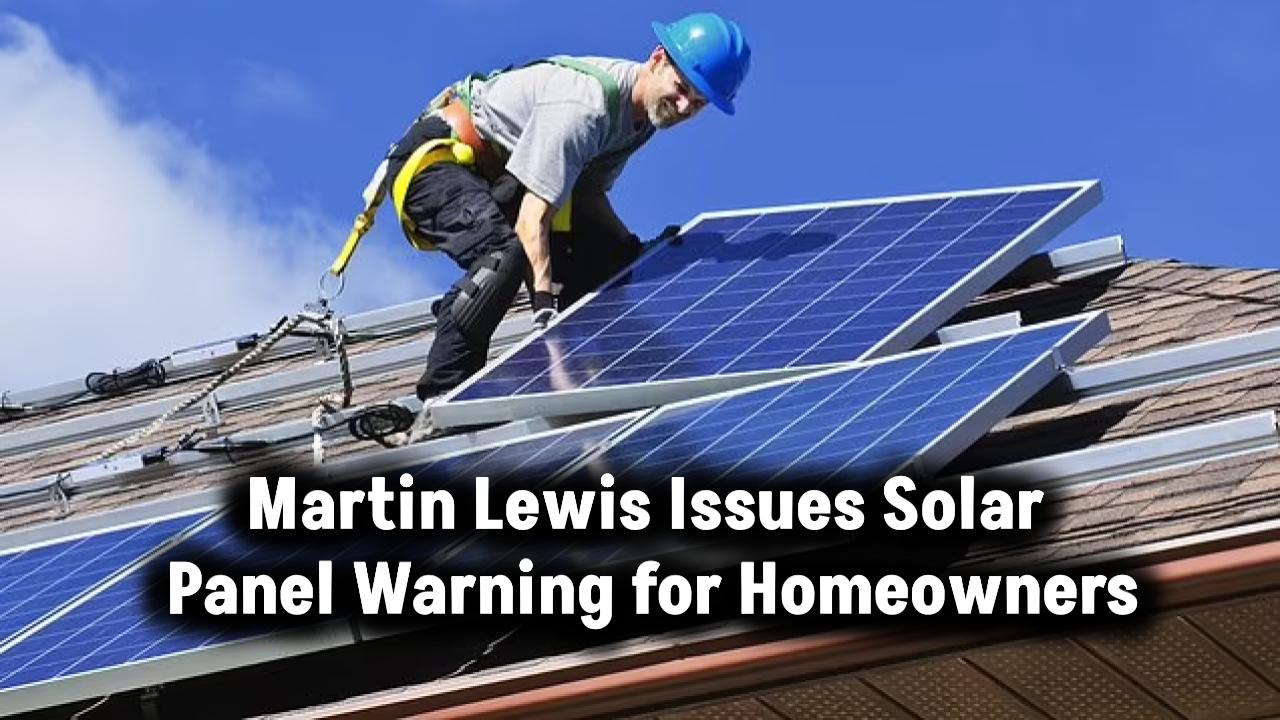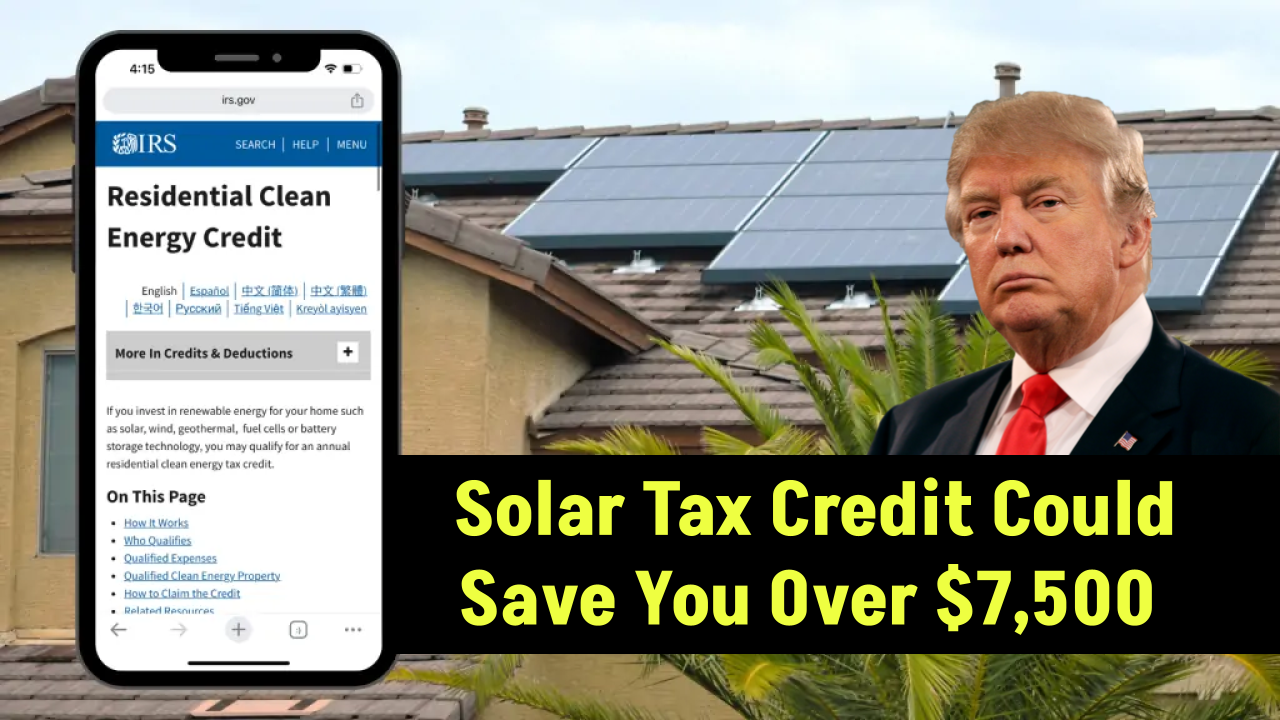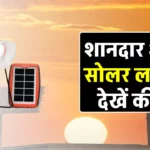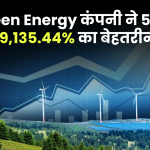
Germany’s balcony solar boom has taken the world by surprise. As of late 2024, over 780,000 balcony solar systems have been installed across Germany, adding around 700 megawatts of renewable energy to the national grid. These plug-and-play solar kits are transforming how city dwellers, especially apartment residents, participate in the clean energy revolution. But while Germany charges ahead, the United States is lagging behind in adopting this accessible green technology. What explains the gap, and what can be done about it?
Also Check: The Dark Side of Green Energy: Hidden Environmental Costs of Wind and Solar No One Talks About
What Is Balcony Solar and Why Is It So Popular in Germany?
Balcony solar systems, also known as plug-in solar or mini-PV systems, are small-scale solar panels typically installed on apartment balconies, fences, or external walls. Unlike traditional rooftop solar panels that need professional installation and permitting, balcony solar units are compact and user-friendly.
Germany has championed these systems through legislation, subsidies, and streamlined approvals. In cities like Berlin, renters can receive up to €500 under the SolarPLUS scheme to help cover installation costs. These systems are typically 600 to 800 watts in size—perfect for offsetting a chunk of household electricity usage.
Why Is the U.S. Lagging Behind?
Regulatory Barriers in the U.S.
One of the main reasons for slow adoption in the U.S. is the lack of standardized regulations for plug-in solar systems. U.S. electrical codes are highly localized, making it difficult to create national standards for balcony solar panels.
The U.S. electrical grid also operates at 120 volts, unlike Germany’s 230 volts. This means that plug-in solar systems designed for Germany cannot be directly used in the U.S. without adaptation. Furthermore, the U.S. National Electric Code (NEC) does not fully recognize plug-and-play solar solutions, complicating their approval and installation.
Limited Awareness and Incentives
Germany’s proactive campaigns and financial incentives have encouraged the public to adopt balcony solar. In contrast, U.S. government incentives like the Federal Solar Tax Credit (ITC) are designed for larger rooftop systems and do not cater to plug-in kits. There’s little to no awareness among American renters that such technology even exists.
Tenant Rights and Legal Protections
In Germany, new legislation grants tenants the right to install balcony solar modules without needing landlord approval. This right is enshrined in housing laws, enabling urban adoption on a large scale.
In the U.S., rental agreements often restrict modifications to the exterior of buildings. Without specific laws protecting tenants who want to install solar panels, most apartment dwellers don’t even attempt it.
The Power of Policy: Germany’s Success Story
Germany has created a near-perfect environment for balcony solar to thrive:
- DIN VDE 0126-95 standard: Ensures that plug-in systems are safe and grid-compatible.
- Simplified registration: Users can register their systems with the Federal Network Agency via an online portal.
- Tenant empowerment: Laws prohibit landlords from rejecting balcony solar installations without valid technical reasons.
- Incentive programs: Subsidies like SolarPLUS make systems affordable.
This comprehensive support has enabled Germany to install more than 780,000 systems in just a few years.
What Needs to Change in the U.S.?
Unified Federal Standards
To bring balcony solar mainstream in the U.S., the Department of Energy (DOE) and National Renewable Energy Laboratory (NREL) must work toward unified safety and interconnection standards. Clear protocols would make it easier for manufacturers and consumers to deploy these systems safely.
Incentives Tailored to Renters
Federal and state programs should offer micro-incentives for renters and plug-and-play users, similar to Germany’s €500 support. Local governments and utilities could play a role in promoting small solar kits through rebates or bill credits.
Legal Rights for Tenants
Tenants must be granted explicit legal rights to install non-invasive solar units. A national tenant solar rights framework, modeled after Germany’s approach, could empower millions of renters to join the clean energy movement.
Consumer Education and Retail Access
Retailers and utility companies can help by offering approved plug-in solar systems in-store or online, along with easy guides. Public awareness campaigns can normalize the idea that solar isn’t just for homeowners.
Also Check: Australia’s Solar Battery Subsidy: A 30% Reduction in Costs
How Much Can a Balcony Solar System Save You?
In Germany, a typical 600W system can generate 500 to 650 kWh annually, enough to cover about 10-15% of a small household’s consumption. That could mean saving €100 to €150 per year on electricity bills.
In the U.S., even a modest 600W setup could save $80 to $120 annually, depending on electricity rates. That’s significant when considering rising utility prices and climate concerns.
Environmental Impact of Balcony Solar Systems
Balcony solar panels help reduce carbon emissions by replacing grid electricity generated from fossil fuels. If Germany’s 780,000 systems each save 0.4 tons of CO2 annually, the collective impact is over 300,000 metric tons of CO2 avoided per year. That’s equivalent to taking 65,000 cars off the road every year.
For the U.S., scaling balcony solar could be a powerful tool in its decarbonization goals, especially in urban centers where rooftop access is limited.
Future Trends and Innovation
Balcony solar is evolving quickly:
- Bifacial solar panels (capturing light from both sides) are increasing efficiency.
- Smart inverters enable real-time monitoring via apps.
- Hybrid systems with compact battery storage are entering the market.
Manufacturers are also creating aesthetic designs that blend into balcony railings or windows, addressing one of the aesthetic concerns that landlords and city councils raise.
Is There Any Movement in the U.S. Yet?
Some states are testing the waters:
- California has discussed microgrid and plug-in system pilot programs.
- New York has proposed tenant solar rights as part of its energy equity initiatives.
- Companies like SunPort and GoSun are experimenting with portable solar gear, though these are not yet widespread.
Still, no federal blueprint exists for plug-in solar adoption, which means growth is highly fragmented.
(FAQs)
Q1. Are balcony solar systems legal in the U.S.?
Not explicitly. Some states allow small plug-in systems, but safety and code compliance remain unclear in most jurisdictions.
Q2. How much does a typical balcony solar system cost?
In Germany, costs range from €600 to €900 before subsidies. In the U.S., imported plug-in kits may cost $700 to $1,200.
Q3. Can I install a balcony solar system myself?
Yes, most are plug-and-play, but ensure it complies with local building codes and electrical safety rules.
Q4. Do these systems need battery storage?
Not necessarily. Most systems are grid-tied and feed directly into your home circuits, reducing your grid consumption in real-time.
Q5. Will my landlord allow it?
Check your lease. In most U.S. cases, you’ll need written permission unless specific rights are protected under local laws.
Also Check: Farmers Test Solar Panels on Crops — What They Found Could Revolutionize Global Food Production









